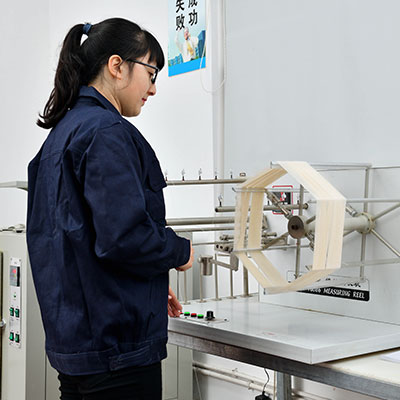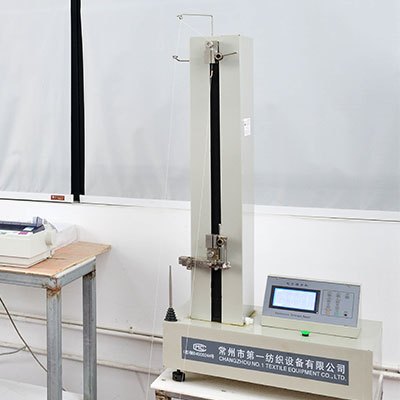
Get Your Free Quote
We will contact you within 24 hours.
The company currently has one combined sizing and dyeing machine and two tow dyeing machines; 192 Picano 220 gamma rapier weaving machines imported from Belgium; a number of post-finishing shrinking machines, mercerizing machines, boarding machines, and automatic vacuum packaging machines; and can produce over one million meters of fabrics of various sorts every month.
Three keys: Professional in skill, clear in communication channel and opinions should be exchanged.
Four insistences: Insist on Quality First (Quality), Customer Satisfaction (Service), On Time Delivery (Efficiency) and Delicate Skill (Innovation).


